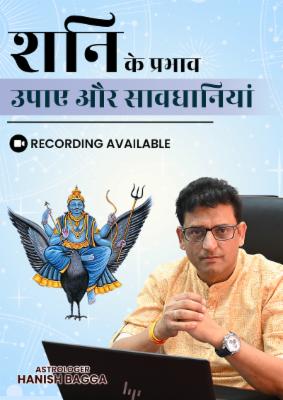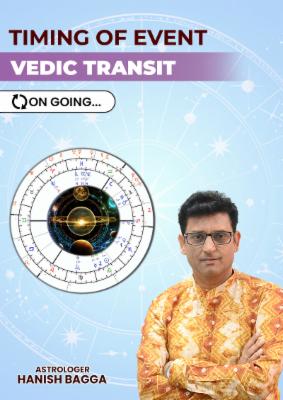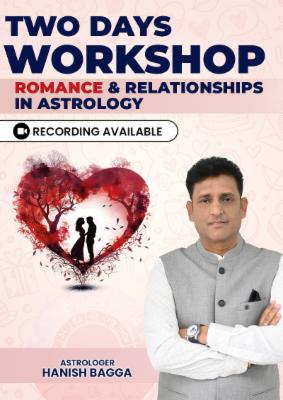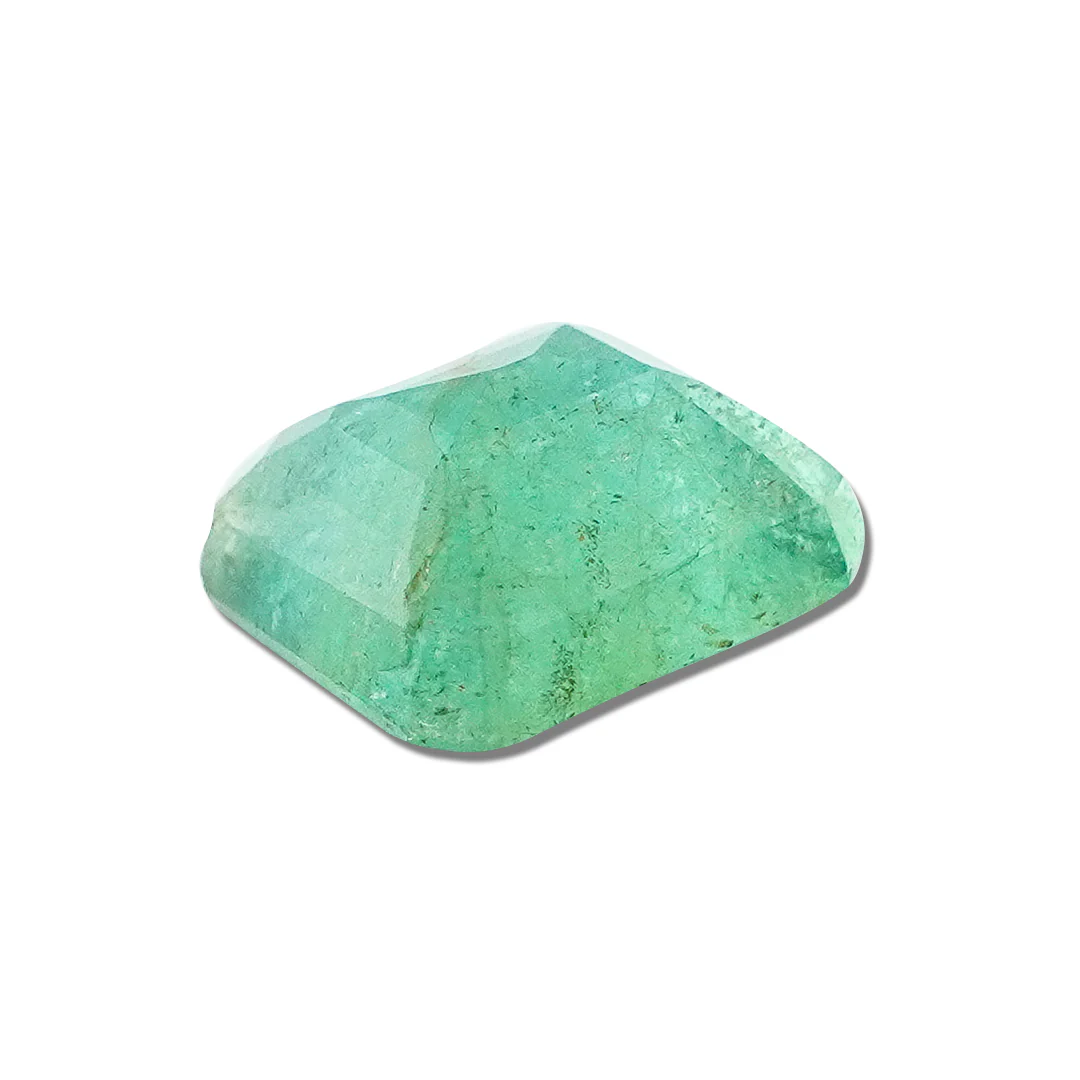Introduction to the Third Quarter
The third quarter, also known as the last quarter, is a fascinating phase in the lunar cycle that often goes unnoticed by casual sky watchers. This celestial event occurs approximately three weeks after the new moon, marking a significant point in the moon’s journey around Earth. Understanding the third quarter moon phase can enhance our appreciation of the night sky and provide insights into the intricate dance between our planet and its natural satellite.
Characteristics of the Third Quarter Moon
During the third quarter, the moon appears as a half-circle in the sky, with the left side illuminated for observers in the Northern Hemisphere. This phase occurs when the moon has completed three-quarters of its orbit around Earth since the new moon. Key characteristics include:
- Half of the moon’s visible surface is illuminated
- The moon rises around midnight and sets around noon
- It’s visible in the morning sky, often alongside the rising sun
- The illuminated portion decreases daily as it approaches the new moon phase
Astronomical Significance
The third quarter holds great importance in astronomy for several reasons:
- Orbital Position: It represents a specific point in the moon’s orbit where it forms a right angle with the Earth and Sun.
- Libration: This phase offers an excellent opportunity to observe lunar libration, the apparent wobbling of the moon.
- Shadow Study: Astronomers can study long shadows cast by lunar features during this phase, revealing details about the moon’s topography.
Cultural and Historical Perspectives
Throughout history, the third quarter moon has held various significances in different cultures:
- Ancient Egyptians: Believed it symbolized balance and harmony
- Native American Tribes: Often associated this phase with harvest and preparation
- Chinese Lunar Calendar: Plays a crucial role in determining festival dates
Observing the Third Quarter Moon
For amateur astronomers and sky enthusiasts, the third quarter presents unique viewing opportunities:
1. Best Time: Early morning hours, before sunrise
2. Equipment: Visible with the naked eye, but binoculars or a small telescope can reveal crater details
3. Features to Observe:
- Mare Crisium (Sea of Crises)
- Tycho Crater
- Copernicus Crater
Pro Tip: Use a moon filter on your telescope to reduce glare and enhance surface details.
Impact on Earth and Tides
The third quarter moon influences Earth’s tides, though not as dramatically as the full or new moon:
- Neap Tides: Occur during the third quarter, resulting in minimal difference between high and low tides
- Tidal Range: Typically smaller compared to spring tides during full and new moons
- Ocean Currents: Can be affected, impacting marine ecosystems and navigation
Third Quarter Moon in Astrology
While astronomy focuses on the physical aspects, astrology attributes symbolic meanings to the third quarter:
- Release and Let Go: Often associated with releasing what no longer serves you
- Reflection: A time for introspection and evaluating personal growth
- Transition: Symbolizes the transition from one cycle to another
Note: Astrological interpretations are not scientifically based and should be viewed as cultural or personal beliefs.
Follow our Youtube Channel: @acharyaganeshchannel
Conclusion
The third quarter moon phase offers a unique perspective on our celestial neighbor and its complex relationship with Earth. From its astronomical significance to cultural interpretations, this phase reminds us of the moon’s constant presence and influence in our lives. Whether you’re an aspiring astronomer, a curious sky watcher, or simply someone who appreciates the wonders of the night sky, taking time to observe and understand the third quarter can deepen your connection to the natural rhythms of our planet and its companion in space.
By embracing the subtle beauty and significance of the third quarter, we gain a greater appreciation for the ever-changing dance of celestial bodies that surrounds us. Next time you spot that half-illuminated orb in the early morning sky, take a moment to reflect on its journey and the countless generations who have gazed upon it with wonder.
Follow us on Instagram: officialacharyaganesh
FAQs About the Third Quarter
Q1: How long does the third quarter moon phase last?
Ans: The third quarter phase lasts for approximately 7 days.
Q2: Can I see the third quarter moon during the day?
Ans: Yes, it’s often visible in the morning sky, even after sunrise.
Q3: Does the third quarter look the same everywhere on Earth?
Ans: The appearance is similar, but the illuminated side may appear on the right for Southern Hemisphere observers.
Q4: How does the third quarter affect fishing?
Ans: Some fishermen believe the third quarter is less favorable for fishing due to reduced tidal movement.
Q5: Is the third quarter the same as a half moon?
Ans: While both appear as half-circles, they occur at different points in the lunar cycle.
Also Visit: acharyaganesh.com



















